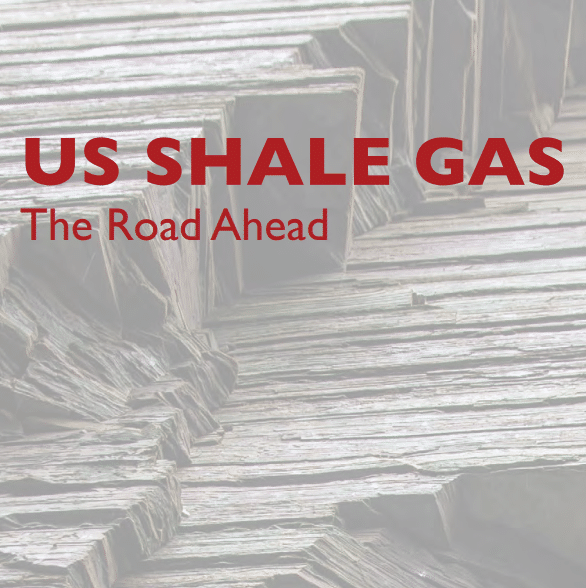The Oxford Institute for Energy Studies (OIES) has published PetroNerds’ new paper Unravelling the US Shale Productivity Gains (link to pdf). The paper draws from PetroNerds’ ongoing research into shale productivity at the basin, company, and individual well level during the oil market downturn. From the paper’s abstract:
This paper seeks to assess the well productivity changes in US shale since the collapse of oil prices in 2014 by analysing the nature of these productivity gains through an assessment of the impact of cost cuts, efficiency gains, and technology advances on the performance of recently developed shale and tight oil wells. The paper argues that the shale oil sector is becoming far more resilient and nimble than many had expected and productivity continues to grow even in a low price environment. Looking ahead, there is a lot of running room left in the unconventional oil plays. The paper argues that high grading to core areas is an important factor, but it does not explain the entirety of productivity gains. While there has been no single transformative technological development with regards to shale oil development over the past several years, there are signs that shale oil is moving from a manufacturing process, in which producers simply repeat what worked on the previous well, to a more thoughtful well researched program, particularly in the areas of completion designs, well spacing, better rock analysis and proper lateral placement, which have all been contributing to well productivity gains.
The paper was authored by Trisha Curtis and Ben Montalbano. Trisha is a research associate at the Oxford Institute for Energy Studies (OIES).




